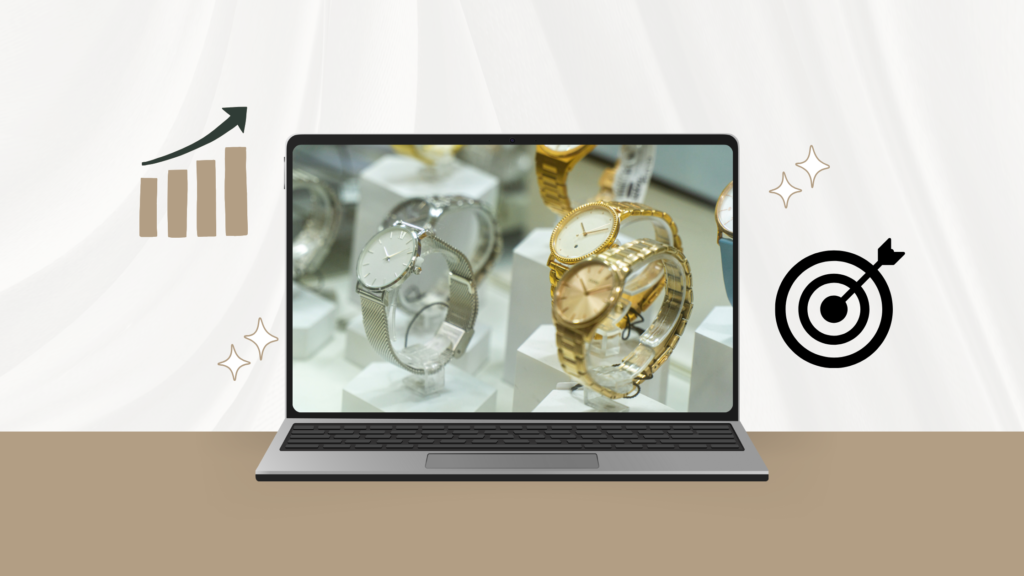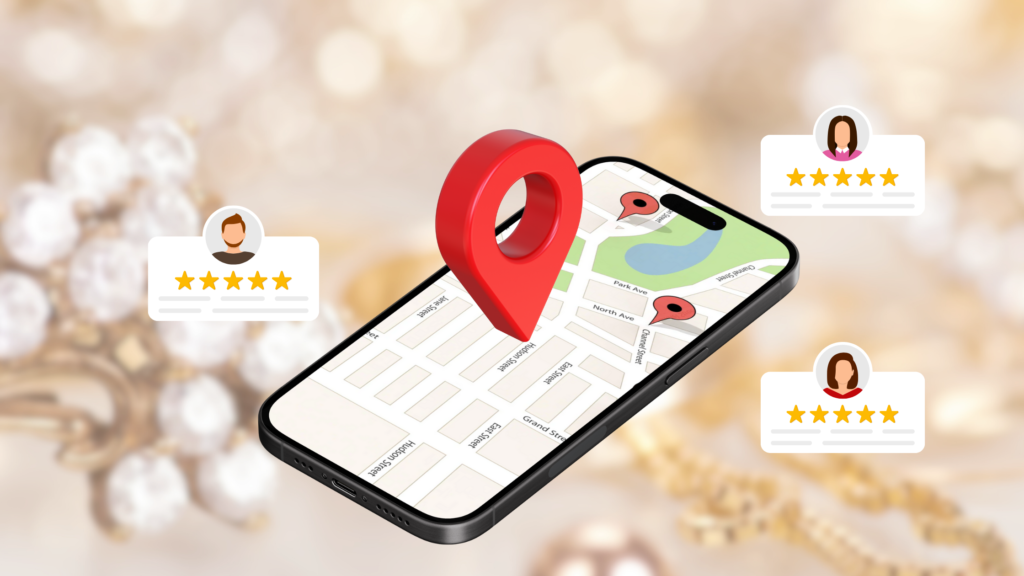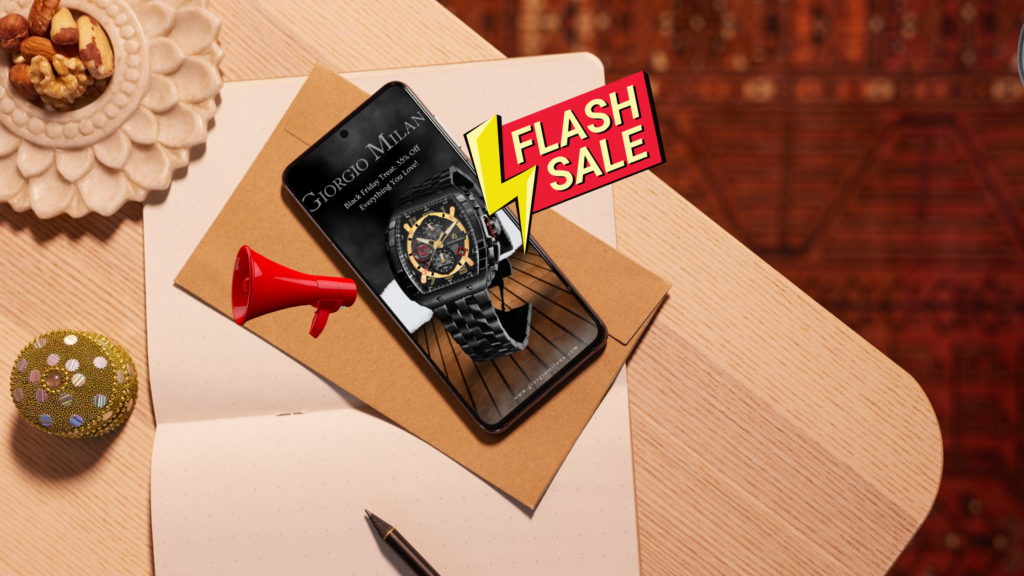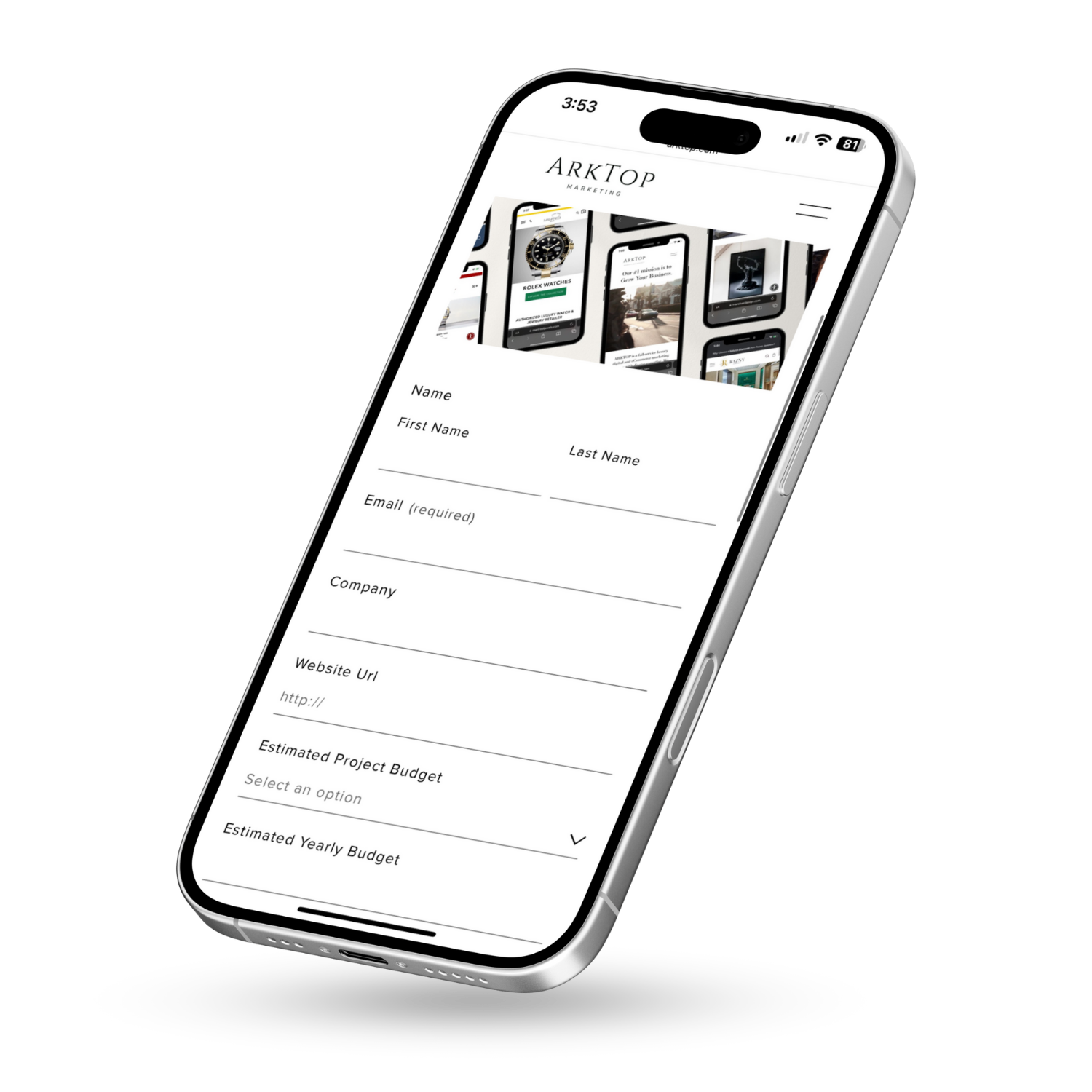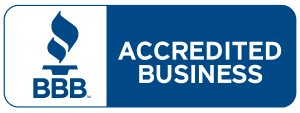For a luxury brand, success isn’t just about exceptional craftsmanship, it’s about how you present that craftsmanship to the world. Rolex, the legendary Swiss watchmaker, has mastered the art of luxury marketing, securing its place as one of the most recognizable and respected brands in the world.
But how exactly does Rolex achieve this level of prestige?
From strategic sponsorships and high-profile endorsements to carefully controlled scarcity, Rolex’s marketing is as precise as its timepieces. Whether you’re a jeweler, retailer, or luxury brand owner, there’s a lot to learn from Rolex’s approach.
Let’s take a closer look at the marketing strategies that keep Rolex at the top of the luxury watch industry.
What Is Rolex’s Marketing Strategy?

Rolex’s marketing strategy is built on exclusivity, heritage, and prestige. Unlike many brands that focus on aggressive advertising, Rolex takes a more refined approach, leveraging:
- High-profile endorsements – Partnering with elite athletes, actors, and industry leaders to reinforce its status.
- Sponsorship of luxury events – Aligning the brand with prestigious sports and cultural events, such as Wimbledon and the Oscars.
- Controlled scarcity – Limiting supply to increase demand and maintain an aura of exclusivity.
- Timeless storytelling – Crafting a brand narrative that connects each timepiece to history, achievement, and excellence.
- Minimal digital presence – Keeping online marketing selective to retain the brand’s luxury appeal.
Unlike mass-market brands, Rolex isn’t trying to reach everyone, it’s focused on a high-net-worth audience that values exclusivity and craftsmanship.
How Much Does Rolex Spend on Marketing?
Rolex is known for understated yet highly effective marketing, and that requires a serious investment. Rolex spends an estimated $100+ million annually on marketing efforts, making it one of the biggest advertising spenders in the luxury watch industry.
Where does that money go?
- Sponsorships – Rolex heavily invests in sports, cultural, and artistic events, ensuring its name is associated with prestige and performance.
- Brand Ambassadors – Rolex works with high-profile figures across industries to organically promote its watches.
- Traditional Advertising – While Rolex doesn’t rely on excessive digital ads, it runs high-production commercials and print campaigns in top-tier publications.
- Retail Presence – Rolex boutiques and authorized dealers are designed as part of the brand experience, requiring significant investment.
Unlike many luxury brands, Rolex does not rely on discounting or seasonal promotions, its marketing is about maintaining demand, not chasing sales.
Who Promotes Rolex?
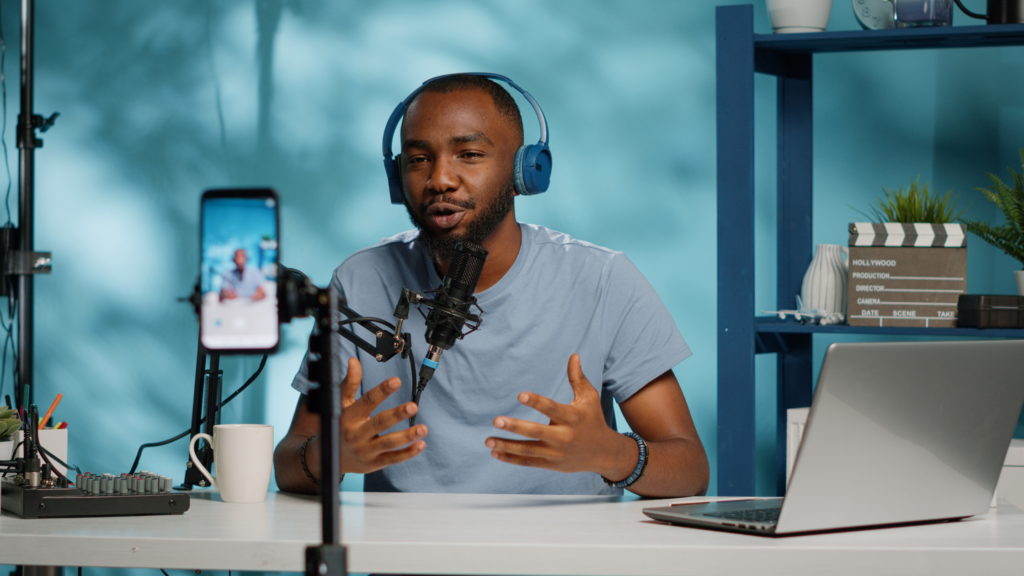
Rolex strategically partners with individuals and organizations that embody its values of excellence, precision, and achievement.
- Athletes & Sports Figures – Roger Federer (tennis), Tiger Woods (golf), and Lindsey Vonn (skiing) have all represented Rolex.
- Explorers & Adventurers – Rolex watches have been worn on historic expeditions, from deep-sea dives to space missions.
- Hollywood & Cultural Icons – Rolex subtly appears on the wrists of actors and influential figures in movies and red-carpet events.
These endorsements are never overly commercialized, keeping Rolex’s marketing refined and aspirational.
Rolex’s Retailer Strategy
One of Rolex’s smartest marketing moves isn’t just what it does directly, it’s how it leverages its retailers to reinforce its luxury brand image. Rolex works exclusively with a select group of authorized dealers, ensuring that every point of sale reflects the brand’s commitment to prestige, exclusivity, and consistency.
But Rolex doesn’t just hand out partnerships, it sets strict requirements for how its retailers market, present, and sell Rolex watches.
Rolex’s Retailer Marketing Standards:
- Website & Branding Compliance – Rolex dictates how authorized dealers present Rolex products online, from approved images to specific website layouts that maintain brand consistency.
- Strict Advertising Rules – Rolex controls how its products can be marketed, limiting discounts, promotions, and PPC advertising to protect brand exclusivity.
- In-Store Experience Standards – Authorized Rolex Jewelers must meet showroom requirements, ensuring an ultra-luxury shopping experience.
- Limited Online Sales – Rolex restricts direct online sales, driving traffic to in-person boutiques for a personalized, high-end experience.
By setting high standards for its retailers, Rolex controls its brand perception at every level, ensuring that its watches remain a symbol of prestige and exclusivity.
What Is Rolex’s Brand Awareness?
Rolex has one of the strongest brand identities in the world, consistently ranking as the most valuable luxury watch brand.
- Global Recognition – Rolex is known worldwide, with a brand awareness level above 90% in key luxury markets.
- Symbol of Success – Rolex isn’t just a watch; it’s a status symbol, associated with wealth, achievement, and luxury.
- Timeless Appeal – Unlike trendy fashion brands, Rolex’s reputation has remained consistent for over a century, reinforcing trust and desirability.
Few luxury brands have managed to cement their identity the way Rolex has.
What Is Rolex’s Unique Selling Point (USP)?
Rolex’s unique selling proposition isn’t just about precision timekeeping, it’s about what the brand represents.
- Heritage & Legacy – With over a century of watchmaking excellence, Rolex is synonymous with craftsmanship.
- Exclusivity & Scarcity – Controlled supply makes Rolex watches highly desirable and difficult to obtain.
- Investment Value – Rolex watches retain and often increase in value, making them a smart purchase for collectors.
- Unmatched Durability – Rolex watches are built to last a lifetime, withstanding extreme conditions while maintaining flawless performance.
Each of these elements contributes to Rolex’s continued dominance in the luxury market.
Who Is Rolex’s Biggest Competitor?

Rolex operates in an ultra-competitive luxury watch market, with several brands vying for attention. The biggest competitor?
- Patek Philippe – Known for exclusivity, handcrafted movements, and heirloom-quality timepieces, Patek Philippe appeals to an even more elite audience than Rolex.
- Other major competitors include:
- Audemars Piguet – Famous for the Royal Oak collection, AP blends heritage with modern design.
- Omega – A direct rival to Rolex, Omega is known for precision and innovation, particularly in space and diving watches.
- Tag Heuer – Appeals to younger luxury buyers with sporty and innovative designs.
Despite the competition, Rolex consistently leads the luxury watch industry due to its strong brand identity, marketing strategy, and heritage.
The Rolex Marketing Playbook: Key Takeaways
Rolex’s marketing success isn’t just about selling watches, it’s about selling a legacy.
- Exclusivity & Scarcity – Limited supply creates high demand.
- Elite Endorsements – Rolex partners with world-class athletes, explorers, and cultural icons.
- Strategic Sponsorships – Aligning with Wimbledon, Formula 1, and yachting events reinforces Rolex’s prestige.
- Minimalist Digital Presence – Rolex maintains mystery and exclusivity by limiting online marketing.
- Heritage-Driven Storytelling – Every Rolex watch is positioned as an investment, not just a product.
For luxury brands looking to elevate their marketing strategy, Rolex provides a blueprint for success.
Want to Build a Luxury Brand Like Rolex? Let ARKTOP Help.
Successful luxury marketing is about crafting exclusivity, trust, and desire, and that’s exactly what we do at ARKTOP.
Whether you’re a jeweler, watch brand, or luxury retailer, we specialize in SEO, PPC, and digital marketing strategies that elevate your brand and drive real results.
Ready to take your brand to the next level? Let’s create a marketing strategy that shines, just like Rolex. Contact ARKTOP today!

